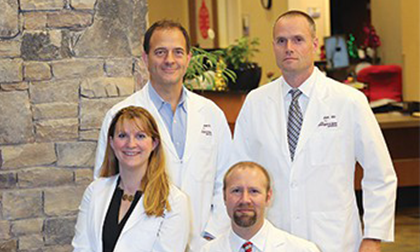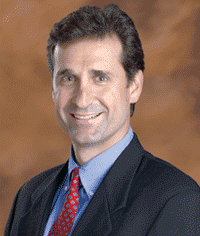Spasticity experienced by children with cerebral palsy or other neurological disorders impacts every aspect of daily life.
Read MorePediatric neurosurgeon Scott Wait, MD, of Carolina Neurosurgery & Spine Associates performed life-saving brain surgery on Anthony, son of local TV host Colleen Odegaard. In this interview, Anthony, Colleen and Dr. Wait describe the experience on Charlotte Today.
This content is for informational and educational purposes only. For specific medical questions, please consult your doctor. New and current patients can call our offices to make an appointment or request an appointment online.
Watch VideoForty-seven-year-old Tracy Bari has been physically active her entire life, from competing in gymnastics as a child and on her ski team in college to running marathons and triathlons. As a real estate agent in Destin, Florida, she is constantly on the move. But recently, severe back pain was putting the brakes on her high-energy life and successful career.
Read MorePatient Tracy Bari found relief from intense back pain by undergoing minimally invasive lumbar fusion (TLIF). Our on-site multi-position, open MRI revealed instability in her L3-4 vertebrae.
Watch VideoCharles woke up one morning and could not feel his left side. An AVM had ruptured in his brain. Three years later, Charles is living a full life, from pitching in a Little League game at Cooperstown to playing violin at Merlefest.
Watch VideoSix of 11 patients enrolled in the clinical study of the Neuro-Spinal Scaffold have had an AIS upgrade in their spinal cord injury. Neurosurgeon Dom Coric, MD, of our practice is a co-principal investigator for this study.
Read More












